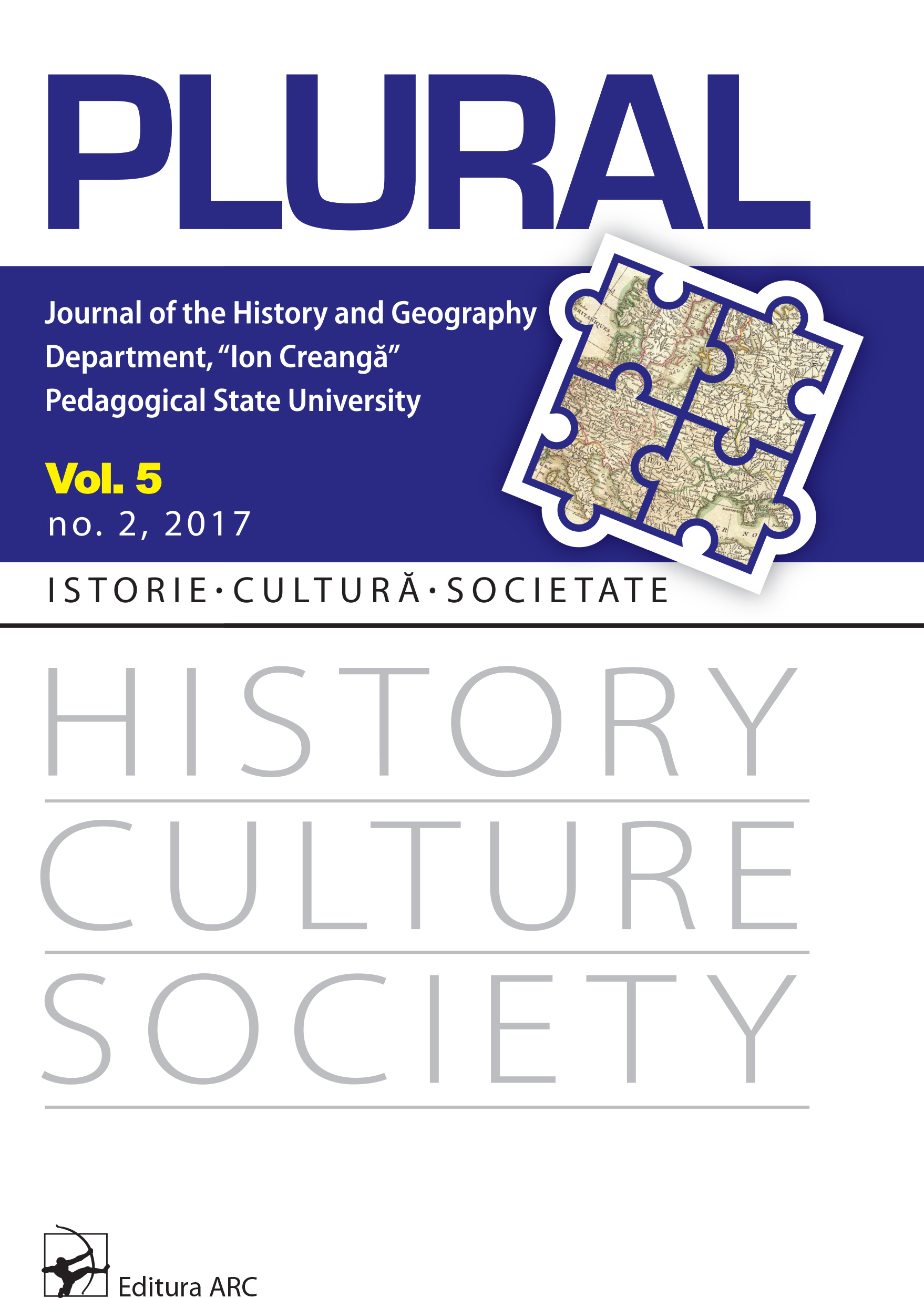Archaeological research at Lipoveni II – La Nisipărie site (2013-2016)
Archaeological research at Lipoveni II – La Nisipărie site (2013-2016)
Author(s): Sergiu Matveev, Vlad VornicSubject(s): History, Archaeology, Ancient World
Published by: Facultatea de Istorie și Geografie, Universitatea Pedagogică de Stat „Ion Creangă”
Keywords: eneolitic; Iron Age; Getic culture; Santana de Mureş-Černjachov culture
Summary/Abstract: The archaeological rescue investigations carried out in the years 2013-2016 within the limits of the Lipoveni II-La Nisipărie site allowed identification of several cultural-chronological horizons: the Usatovo group from the late Eneolithic period (IV mil. BC), the Chişinău-Corlăteni culture from the early period of the Iron Age (XII-X centuries BC), the Thracian-Getic culture of the VI-III century BC, the Santana de Mureş-Černjachov culture from the Gothic migration period (III-IV centuries AD) and remains of habitation from the medieval times (VIII-IX, XIII and XVI-XVIII centuries). The most intense habitation in the researched area corresponds to the archeological cultures of the early and late Iron Age and the Santana de Mureş-Černjachov cultural complex from the Gothic migration period (III-IV centuries BC). Due to the perpetuation of the danger of unlawful sand excavation in the site zone, it is necessary to continue rescue research to recover remarkable vestiges for the archeology of the passing zone from the forest steppe to the steppe of the Republic of Moldova. Although the territory from the north of the Lipoveni village is of an increased interest, not only from the archaeological point of view, but also from the point of view of pedology (through sand layers and other geological deposits), being also a veritable natural monument, the micro zone is in high degree of degradation, as a result of continuous illegal sand excavation.
- Issue Year: 5/2017
- Issue No: 2
- Page Range: 124-163
- Page Count: 40
- Language: English

